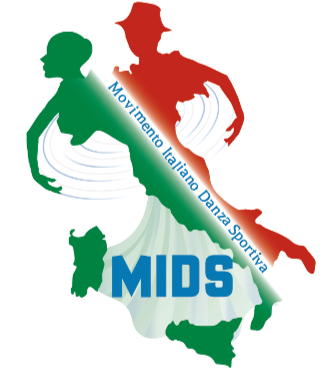@rebbecadale097
Profilo
Registrato: 4 anni, 7 mesi fa
The 4 Parts of Fitness
Most individuals wish to be fit but that raises a question. What does it mean to be fit? The answer is fairly simple. To be fit, one will need to have physical capability in four areas: aerobic capacity, muscular energy and endurance, flexibility and body composition.
1. Aerobic Capacity. Cardio capacity, which is also known as cardiorespiratory fitness, refers to the health and performance of the heart, lungs and circulatory system. Simply said, aerobic fitness is the ability of the cardiorespiratory system to deliver an adequate provide of oxygen to exercising muscles. As your cardio capacity increases, your ability to participate in more intense and longer lasting train additionally will increase (e.g., walking, running, swimming and bicycling). It can be argued that aerobic capacity is the most important of the 4 components of fitness because of the health benefits it bestows. In accordance with the American College of Sports Medicine, increased cardio capacity leads to reduced blood pressure, decreased total ldl cholesterol, elevated HDL (good) cholesterol, decreased body fats, increased coronary heart operate and decreased risk of Type 2 diabetes.
2. Muscular Strength and Endurance. Muscular strength is the maximum quantity of power a muscle or muscle group can generate throughout a single contraction. Muscular endurance is the number of repeated contractions a muscle or muscle group can carry out without tiring. Each are important elements of overall fitness because rising your energy by means of various types of resistance training (e.g., weightlifting) leads to elevated bone energy, decreased bone loss, decreased muscle loss, elevated tendon and ligament energy, elevated physical capacity, improved metabolic function (e.g., burn more calories at rest), and decreased risk of injury.
3. Flexibility. Flexibility is the range of motion within a joint. Elevated flexibility provides a wide range of benefits similar to decreased risk of injury, elevated flow of blood and vitamins to joint structures, increased neuromuscular coordination, decreased risk of low back pain, improved posture and reduced muscular tension.
4. Body Composition. Body composition refers back to the relative proportion of body weight that consists of body fats and fats-free mass (everything apart from fat similar to muscles, organs, blood, bones and water). Typically speaking, the decrease your body fats proportion the higher because of the diseases linked to excess body fat reminiscent of heart disease, diabetes, hypertension, arthritis and sleep disorders. I am often asked, "Can you be fat and fit?" The reply is an overwhelming NO. A significant factor of fitness is the possession of a healthy body fat proportion because increased fat leads to decreased athletic performance and increased risk of illness (although it is feasible to be chubby and healthy since health is merely the absence of disease or illness). Based on the American Council on Train, the average body-fat percentage for men is 18-24%. For fit men the percentage is 14-17%. The common proportion for women is 25-31%; however fit women will probably be within the range of 21-24%. Body-fat percentages above 25% for men and 32% for girls are considered obese.
When you loved this information as well as you would want to receive details concerning bhangra fitness classes i implore you to check out our own web page.
Sito web: https://bbx.fitness/bhangra-workouts/
Forum
Topic aperti: 0
Risposte create: 0
Ruolo forum: Partecipante



